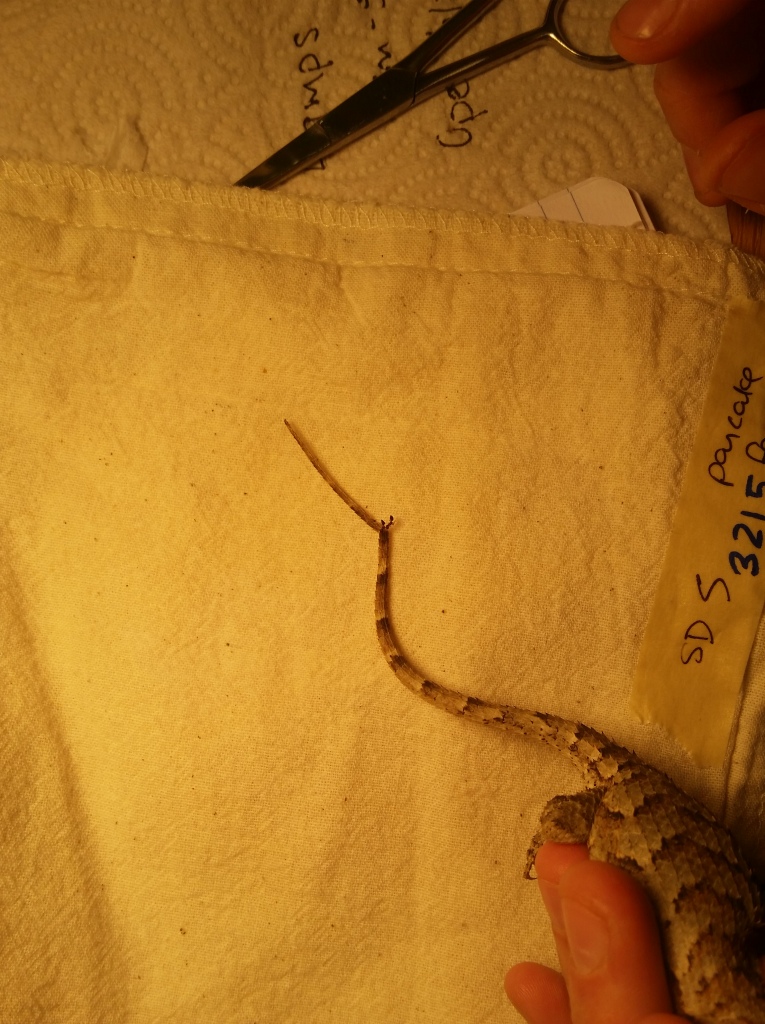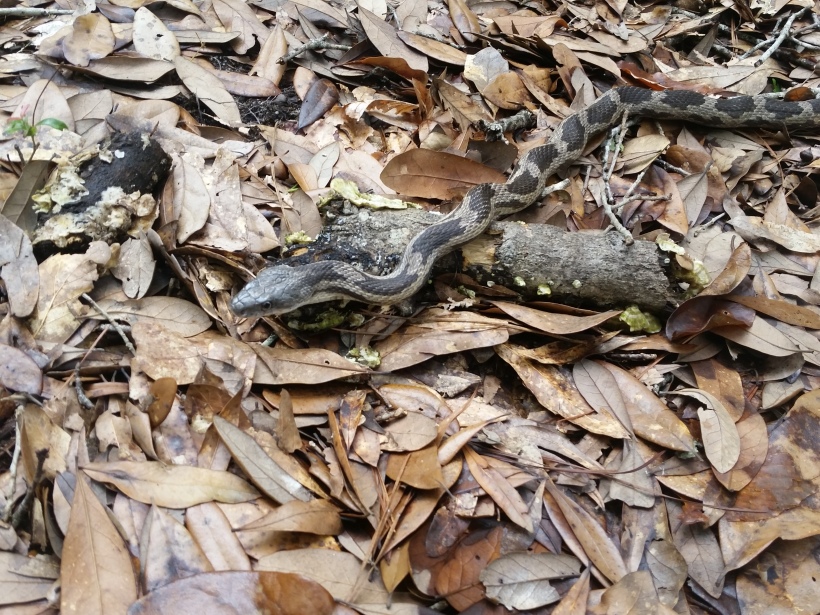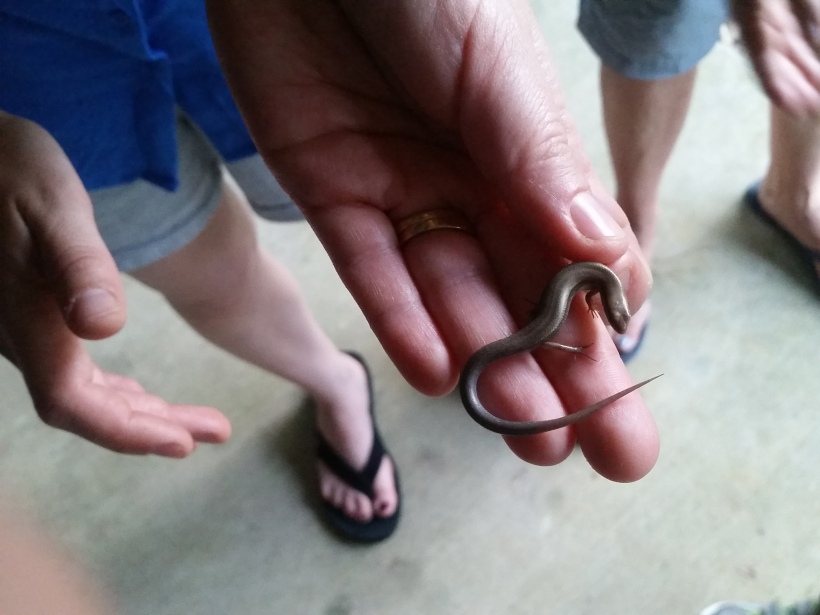Through the lens of conservation, I became interested in stress. My biggest interest is in how humans can cause stress in animals, and how that stress impacts them. To this end, I started studying the effects of stress within an individual. I looked at how stress changed different hormones and metabolites in adult male northern elephant seals, and how that response differed during different times of the year.
This experience was great and fueled my excitement and curiosity about studying stress. I started talking with 2 professors at Penn State (Drs. Sheriff and Langkilde) about what they were looking into and fell in love with the project I am working on now. Instead of studying stress within an individual (stress the animal, see what happens to them), we are going to look at the effects of maternal stress (stress the mother, see what happens to their offspring). The other large difference was instead of being in California working on seals, I was going to be in Alabama working on eastern fence lizards!
Even more striking then their back color is the color of their underside!
I had never been to Alabama or worked with herps before, but I was incredibly excited. Last summer I was able to go down with Chris Thawley and he showed me where to look, how to catch the fence lizards, and many other things. That time, combined with Tracy, Gail, and his answering of my constant questions throughout the year (thank you so much!) helped alleviate some of my own stress about the field work.
So I had a plan laid out. I would get gravid female lizards from the field and have 1/2 be stressed, 1/2 not stressed. I would then take them back to the lab and have them lay their eggs, and then look at differences in the offspring. I thought that sounded pretty simple, but lizards prove to be an elusive bunch. So far we have all the females we need from Conecuh National forest, but we are being thwarted by the lizards in Geneva State Forest and Blakeley State Park. Luckily, I have 2 skilled field techs working with me, Michaleia and Miranda.
They have been a tremendous help in not only finding the lizards, but also collecting data and samples as well as catching the lizards. We have been learning so much about the area, the wildlife, and how to handle the lizards. The lack of lizards from Geneva and Blakeley has not curbed my enthusiasm about studying this amazing lizards, and I am looking forward to working with them more and getting into the meat of my research with them.
Cheers
David
P.S. Here are some other interesting things we have been seeing down here.
And some other herps!










Pingback: Sweet Home Alabama | The Lizard Log